Black & White Paintings: A Personal Challenge
It’s easy to stay within your comfort zone and do what you do best. But expanding on what you do best, to grow as an artist, requires stepping outside any boxes you’ve created for yourself and exploring new directions. My latest self-imposed challenge was creating an entire painting in black and white with acrylic paint. The perception might be that using a monochromatic palette is an easier way to paint but, for an artist like myself that loves color, it’s actually a much more complex process.
EXPANDING MY WORK WITH SELF-IMPOSED CHALLENGES
I realized during this “test” that I depend on color to pop focal points and move the viewer’s eye through my work. Using black, white and shades of gray, I found the composition and juxtaposition of darks and lights turn out to be much more critical. In this post, I’ll share how I created my new painting titled “Vice Versa” (above) without giving up and throwing in a splash of red… which frequently crossed my mind!
STEP AWAY FROM THE COLOR
The large portion of my “Vice Versa” painting was done at my painting mentor’s studio. The day I decided to take my self-imposed challenge I packed up all my brushes, sponges, canvas and mediums and left the majority of my tubes of colorful Golden acrylic paint at my own studio. Out of sight out of mind!
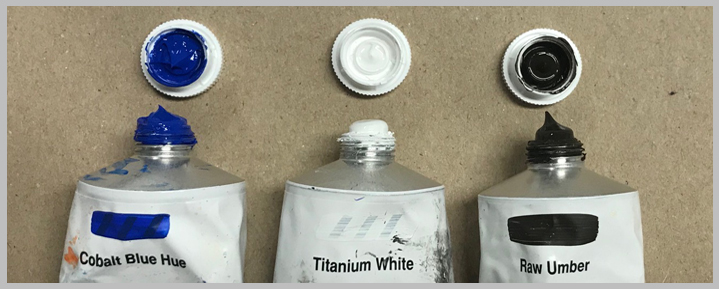
I say a majority of my tubes were left behind because the most beautiful shades of gray don’t come straight out of a tube-I intentionally took a few colors to create my own. My favorite combination of colors to create fabulous shades of gray develop using a mixture of white, cobalt blue and raw umber…no black paint involved! The cooler you want the gray, the more blue is used. The warmer grays evolve using a little more raw umber.
BLACK, WHITE & WHAT ELSE?
My approach to a new canvas is to begin with a thick layer of gesso making sure the large brush strokes retain depth and texture as it dries. I also swirl on paint and colored mediums during this initial prep-stage to get some shape and form in the background. Whether my “signature” expressionistic swirls even appear when the painting is finished is irrelevant to me. It’s the bones of my artwork I’m building at this point…not the flesh.
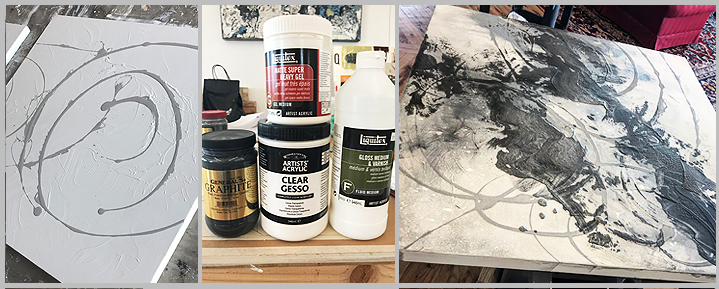
Next, I utilized a variety of mediums to build more depth and texture. Since I was going to be working in black and white, I decided to add some powdered black graphite to super heavy gel, mixed with clear gesso. The graphite dried suspended in the thick clear mediums and resulted in a gritty almost metallic look. For the purpose of this black and white painting, the effect was fabulous. I had never used graphite mixed in medium before and will play with it again, but experiment with a thinner medium next time.
ROTATING SHADES OF GRAY
With the foundation laid, it was time to start mixing paint. I used a mix of warm and cool grays in the background. With each layer, I got more intense with the light/dark value of color, which gave a nice illusion of depth.
Part of my process is to rotate canvases when I feel stuck. Turning it clockwise or completely upside down from the way I had been working on it. This perspective change often makes it clear where the next stroke should be. In this piece, I also played with some mark making, which makes it easy to see how the canvas was rotated one turn clockwise in the photo below when compared to the final painting.
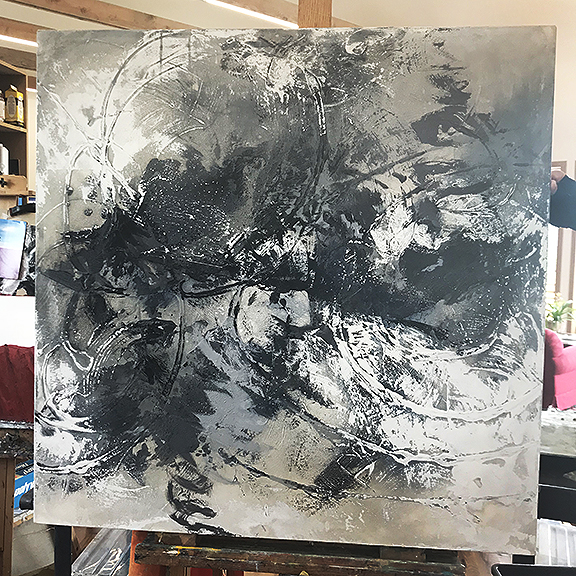
When I went back to my own studio, I allowed the painting, looking as it does above, to rest over night before working on it again. Voilà! The next morning all it took was one rotation of the canvas and the addition of the bold, expressive black mark. The swath of carbon black plus the details in titanium white were the final layers added to give great strength and contrast to “Vice Versa.”
Giving myself canvases to experiment with at least once a month has expanded my style and arsenal of techniques. I realize when I free myself for a test like this experiment with black and white, I often find myself playing with new mediums like the graphite, and new techniques like the mark making.
Are you an art lover that prefers the complex simplicity of black and white art, or are you a collector of color? Share what inspires your collection below.
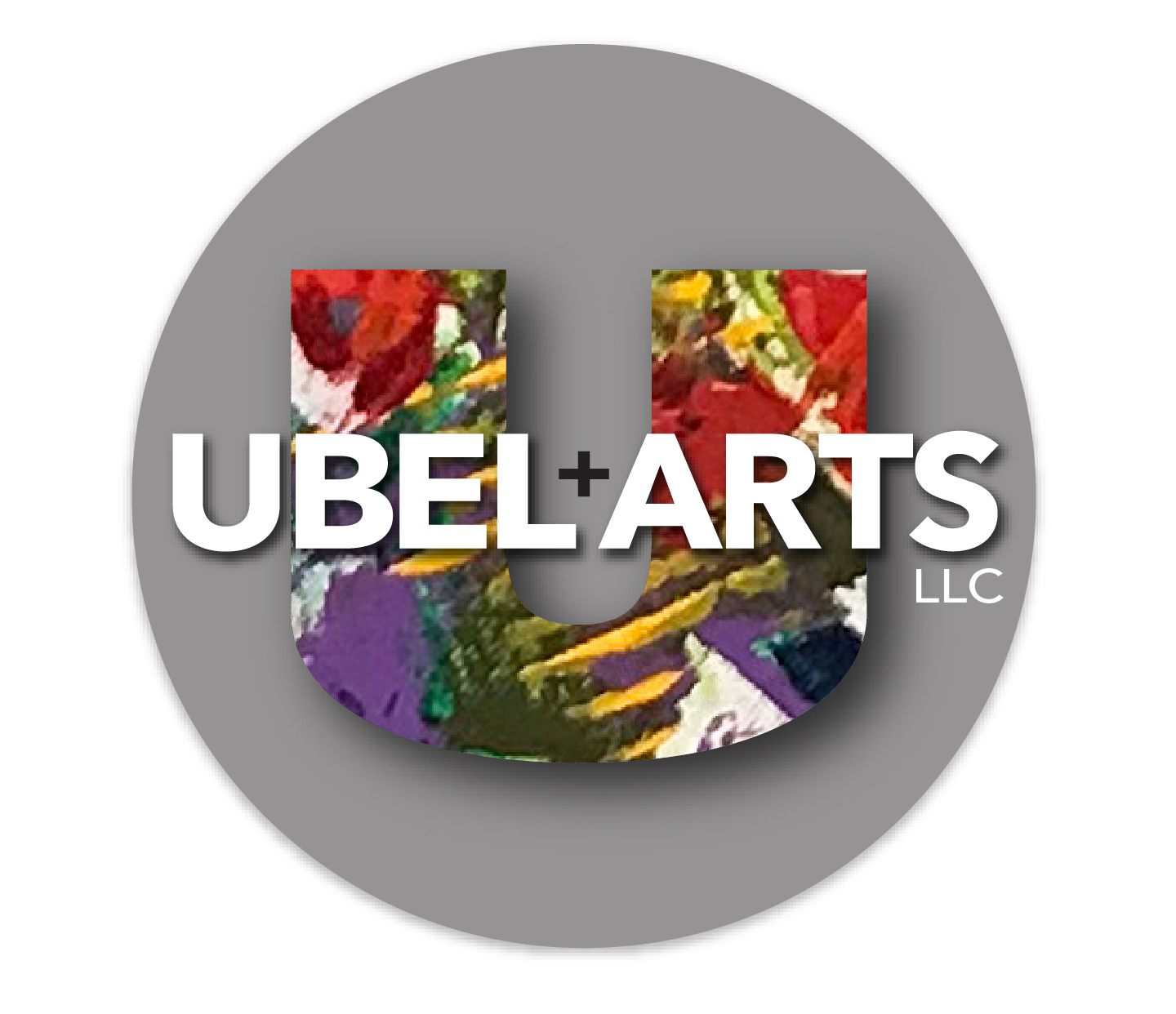
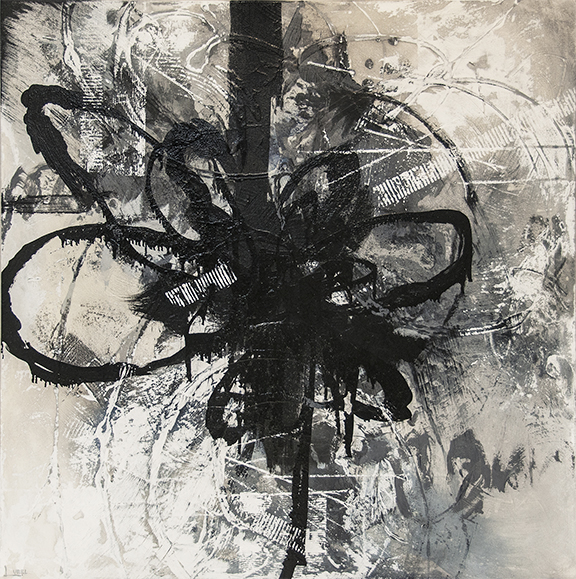
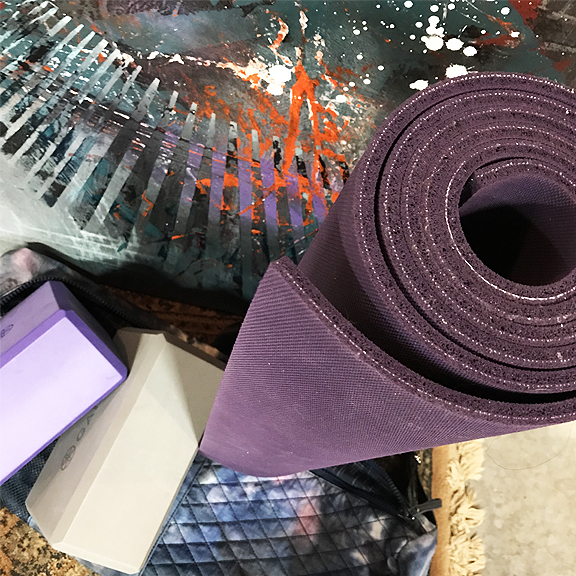
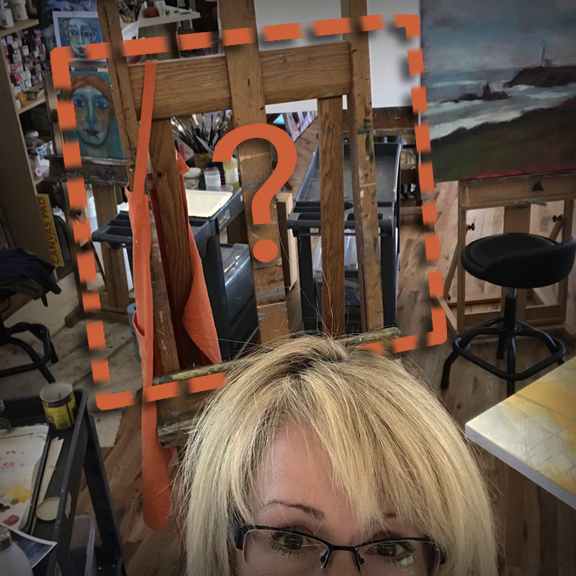
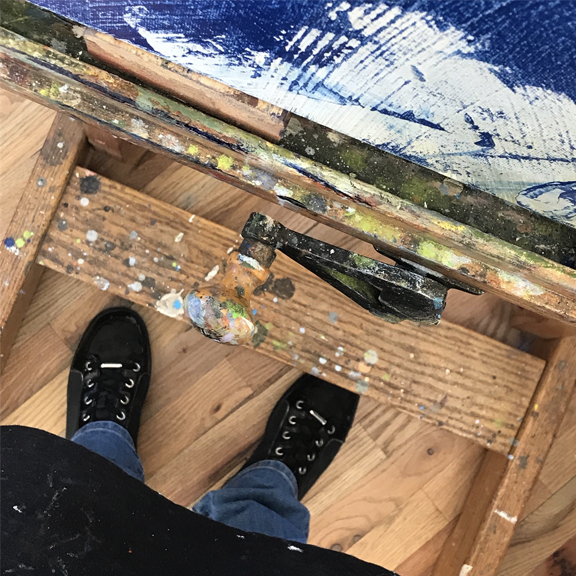
This Post Has 0 Comments